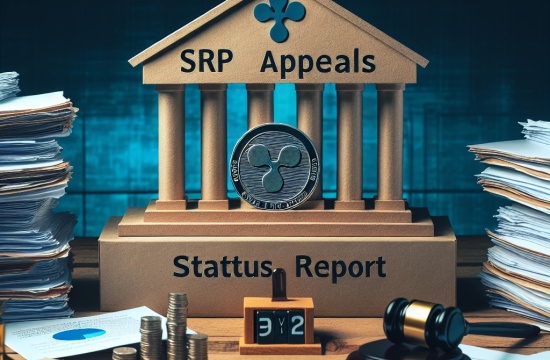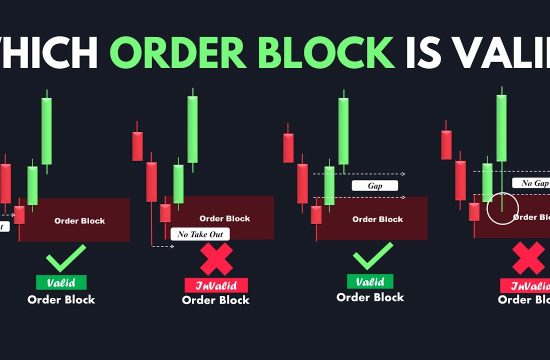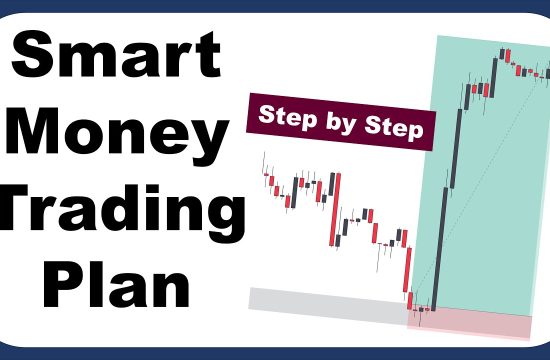Understanding the Basics of Bitcoin Trading
What is Bitcoin?
Let’s start with the fundamentals, shall we? Bitcoin is a digital currency, often described as a cryptocurrency. It was created back in 2009 by an anonymous figure known as Satoshi Nakamoto. It operates on a decentralized network based on blockchain technology. Simply enough, this means that it’s not controlled by any government or central bank, which is pretty cool if you ask me.
This characteristic allows Bitcoin to offer some unique advantages. For one, transactions can be made between users without intermediaries, which can save on fees. Plus, it opens the door to global transactions 24/7. Yet, with all this freedom comes volatility, so it’s essential to understand what you’re getting into before diving headfirst into trading.
Knowledge about Bitcoin also expands into how it’s mined and how wallets function. A wallet is essentially where you store your Bitcoin. It could be a software, hardware, or even paper wallet. Knowing how to secure your Bitcoin is crucial, and it’s the first step to being a competent trader.
How Does Bitcoin Trading Work?
Alright, once you’ve got the hang of what Bitcoin is, it’s time to get into the nitty-gritty of trading. People trade Bitcoin by buying and selling it on various platforms known as exchanges. These exchanges often allow traders to leverage their positions, meaning you can control more Bitcoin with less money, but remember, this can amplify both profits and losses!
When you get into trading, you’ll encounter terms like ‘spot trading’, which is buying and selling the asset for immediate delivery, or ‘futures trading’, where you agree to buy or sell an asset at a predetermined price in the future. Knowing this distinction can help you decide which trading strategy suits your style.
Every trader has to decide whether to adopt a long-term investment approach or a more aggressive short-term trading technique. Personally, I’ve found that mixing a bit of both allows for a more balanced portfolio. It’s all about finding what makes YOU comfortable and sticking to that plan.
The Importance of Research and Analysis
So, maybe you’re wondering how to predict Bitcoin’s next move. Spoiler alert: there’s no crystal ball! But, hey, this is where research and analysis come in. As a rookie, I relied heavily on reading up on market trends, news, technical analysis, and various chart patterns that can inform trading decisions.
Technical analysis primarily involves evaluating price movements and volumes, trying to discern where Bitcoin might head next. You’d look out for patterns like ‘head and shoulders’ or ‘flags’. Keeping an eye on key support and resistance levels can also guide your strategies. There’s a ton of information online, and diving into credible resources can enhance your trading decision-making tremendously.
Equally essential is staying updated with current events that impact the cryptocurrency space. Regulatory changes, institutional investments, or technological advancements can significantly affect Bitcoin’s price. I make it a point to set aside a bit of my day to catch up on the news, ’cause trust me, it’s worth it!
Developing a Successful Trading Strategy
Setting Clear Goals
The first step in my trading journey was knowing what I aimed to achieve. Do you want quick cash? Or are you looking to build wealth long-term? I realized that having clear objectives keeps you focused when the market throws you curveballs. Write it down if you have to. Knowing whether you’re in it for short bursts or the long haul can dictate all your decisions.
It’s also important to pinpoint how much you’re willing to risk on each trade. I like to follow the rule of not risking more than 1% of my total capital on any single trade. This approach has helped me maintain my trading balance through ups and downs. Trust me, it’s easier to stick to your plan when you have those definitions!
Creating a structured plan also involves determining your entry and exit points. A solid strategy considers not only when to buy but also when to sell or even cut losses. This framework can save you a lot of heartache down the line!
Risk Management Techniques
Speaking of saving heartache, let’s chat risk management. Trading Bitcoin isn’t all sunshine and rainbows; there are risks involved and it’s prudent to have a plan in place. One technique I swear by is diversifying my investments. While Bitcoin can be a lucrative asset, having a mix with other cryptocurrencies can help cushion against volatility.
Another risk management tool I like to use is a stop-loss order. This automatically sells your asset if it drops to a certain price. It’s like having a safety net! It aids in preventing losses from spiraling further if the market moves against you.
Also, don’t forget about keeping emotions in check. Developing a disciplined mindset can make or break you in trading. I find that stepping away and taking a breather helps maintain perspective, especially after a particularly intense trading session.
Staying Educated and Adapting
Finally, one thing I’ve learned is that the world of Bitcoin is ever-evolving. New trends, technologies, and methods are popping up almost daily. Staying educated is crucial. I often attend workshops, read up on trading books, and even engage in online forums to share insights with fellow traders.
You’ve got to keep an open mind and adapt your strategies as the landscape changes. Sometimes what worked last month may not work today. I like to reflect after every major trade—what worked, what didn’t—and make adjustments accordingly. This habit has become one of my best practices!
Additionally, following thought leaders on social media platforms like Twitter or Reddit can provide valuable perspectives from seasoned traders. Building a network or community around Bitcoin trading can keep you inspired and accountable.
Conclusion
Ultimately, Bitcoin trading has its rewards and challenges, but unlocking its potential mainly hinges on education, strategy, and persistence. Whether you’re just starting or looking to refine your skills, remember that the journey is as important as the destination. Keep learning, trust your plan, and don’t be afraid to adjust your strategies as you go!
FAQs
1. What is the best strategy for beginners in Bitcoin trading?
My personal recommendation is to start with a long-term investment strategy while simultaneously dabbling in short-term trading. This allows you to understand market fluctuations more deeply without putting all your funds at risk.
2. How can I securely store my Bitcoin?
The best practice is to use a hardware wallet for long-term storage and keep your software wallets for more active trading. Always enable two-factor authentication on exchanges for added security.
3. What tools can help in Bitcoin trading?
There are several fantastic tools out there! Some of my favorites include charting software like TradingView, and apps that offer real-time news alerts about the crypto market trends.
4. Is it necessary to analyze market trends to be successful in Bitcoin trading?
Absolutely. Market analysis helps you make informed decisions and can elevate your trading game. The more you learn, the better your chances of success will be.
5. How often should I review my trading strategy?
I suggest reviewing your trading strategy regularly, especially after any major trades or shifts in the market. Adaptability is key in a rapidly changing environment like Bitcoin trading.









